Introduction
Ultimate Guide to German Shorthaired Pointer: Comprehensive breed insights await
- Discover the rich history and origins of the German Shorthaired Pointer
- Learn about the breed's distinctive physical characteristics and appearance
- Explore the German Shorthaired Pointer's personality traits and temperament
- Understand the breed’s exercise needs and ideal living conditions
- Get tips on training and socialization for a well-behaved companion
- Find out about common health issues and how to keep your dog healthy
- Learn about grooming needs and how to maintain your dog's coat
1. Understanding the German Shorthaired Pointer
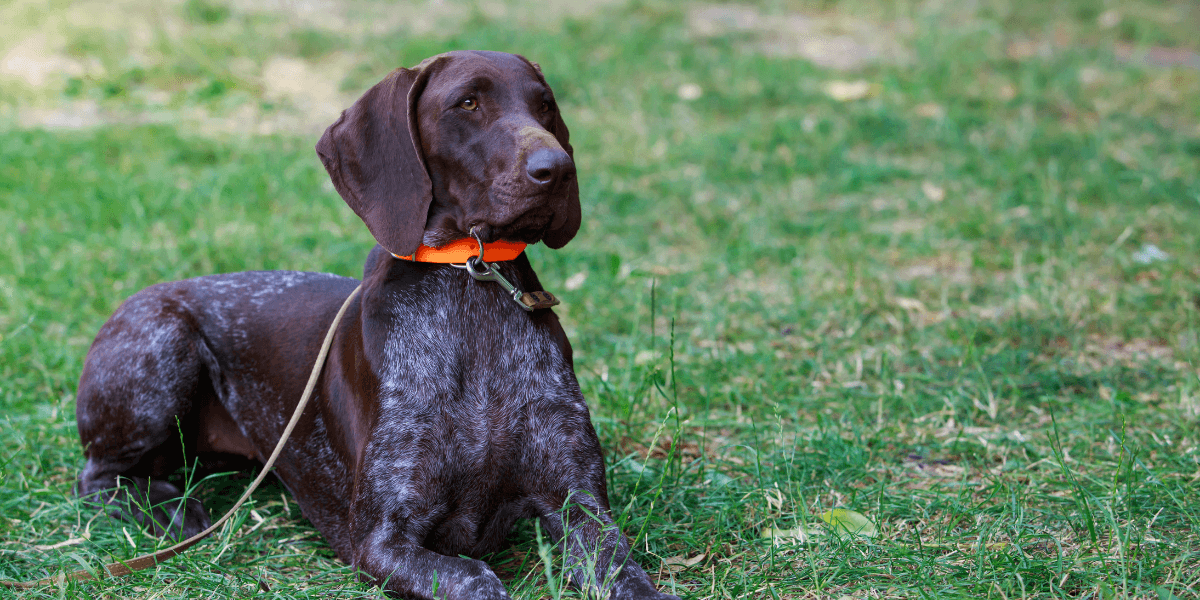
The German Shorthaired Pointer is a medium-sized breed originally developed for hunting
GSPs are as skilled in the field as they are loving in the home
Key Characteristics:
- Appearance: Athletic build, with a short, dense coat
- Temperament: Energetic, intelligent, and friendly
- Size: Males typically weigh 55-70 lbs, and females 45-60 lbs
- Lifespan: Around 12-14 years
- Exercise Needs: High energy; needs daily vigorous exercise to stay healthy
- Trainability: Highly trainable; excels in obedience and agility training
2. Grooming Your German Shorthaired Pointer
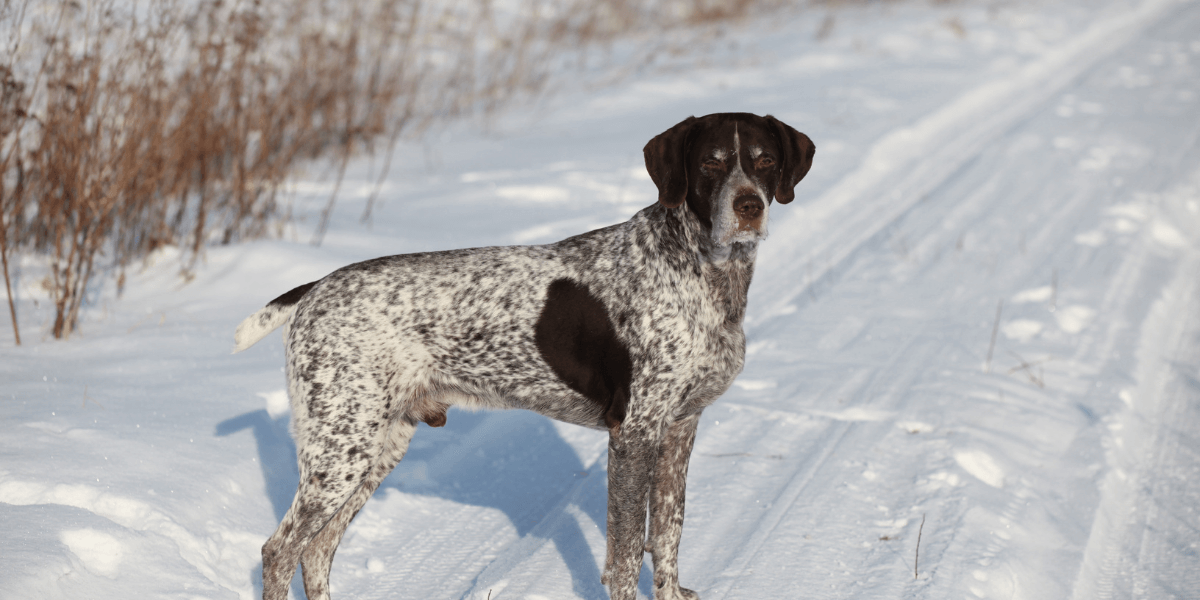
GSPs still require regular grooming to stay healthy and look their best
Grooming Tips:
- Brushing: Brush weekly to remove loose hair and dirt. Use a rubber brush or grooming mitt
- Bathing: Bathe as needed, typically every 6-8 weeks or when they’re particularly dirty
- Nail Trimming: Trim nails every 3-4 weeks to prevent overgrowth
- Ear Care: Check and clean ears weekly to prevent infections
- Dental Care: Brush teeth regularly to prevent dental issues
- Skin Care: Check for ticks and fleas regularly, especially after outdoor activities
- Eye Care: Wipe eyes with a damp cloth to remove any discharge or debris
3. Training and Socialization
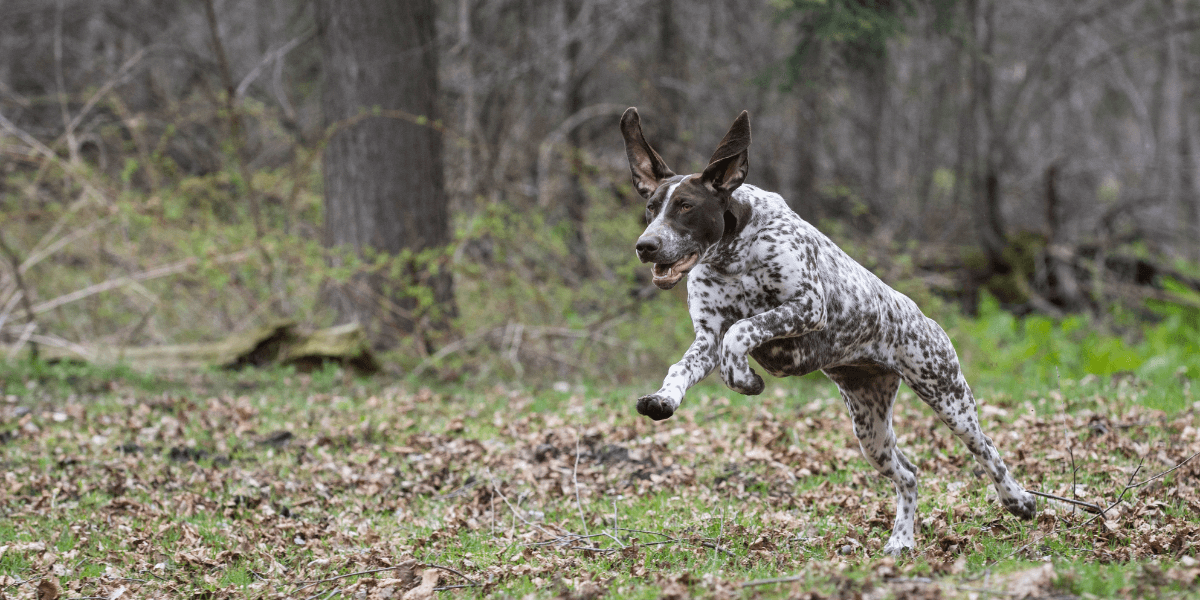
German Shorthaired Pointers are highly trainable but require consistent
Training Tips:
- Early Socialization: Expose your GSP to various people, pets, and environments early on to build confidence
- Positive Reinforcement: Use treats and praise to encourage good behavior
- Exercise Needs: Are energetic and require regular exercise; aim for at least an hour of activity daily
-
-
- Basic Commands: Start with basic commands like sit, stay, and come
4. Health Considerations
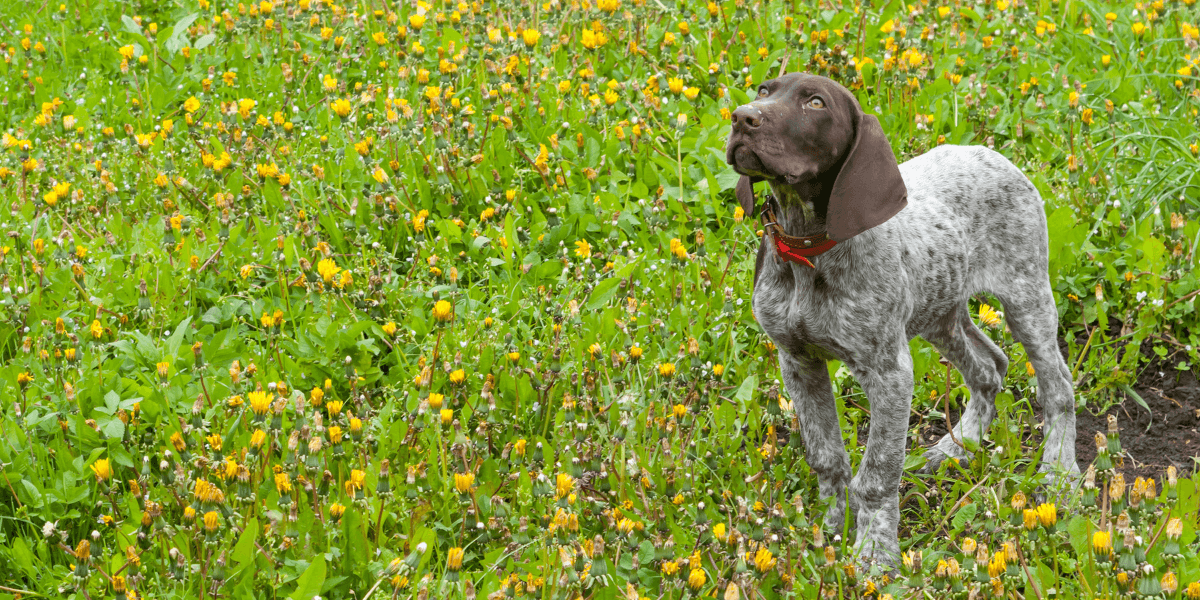
GSPs are generally healthy, but they are prone to some specific health issues.
Common Health Issues:
- Hip Dysplasia: Regular vet check-ups can help detect and manage this condition
- Epilepsy: Manageable with medication and regular vet visits
- Gastric Torsion (Bloat): Monitor for symptoms and avoid feeding large meals at once
- Allergies: Watch for signs of allergies, such as itching or gastrointestinal upset
- Ear Infections: Be vigilant about ear cleanliness to prevent infections, especially in active dogs
Discover essential health insights for your GSP and explore more about Great Danes health issues here.
5. Nutrition and Diet
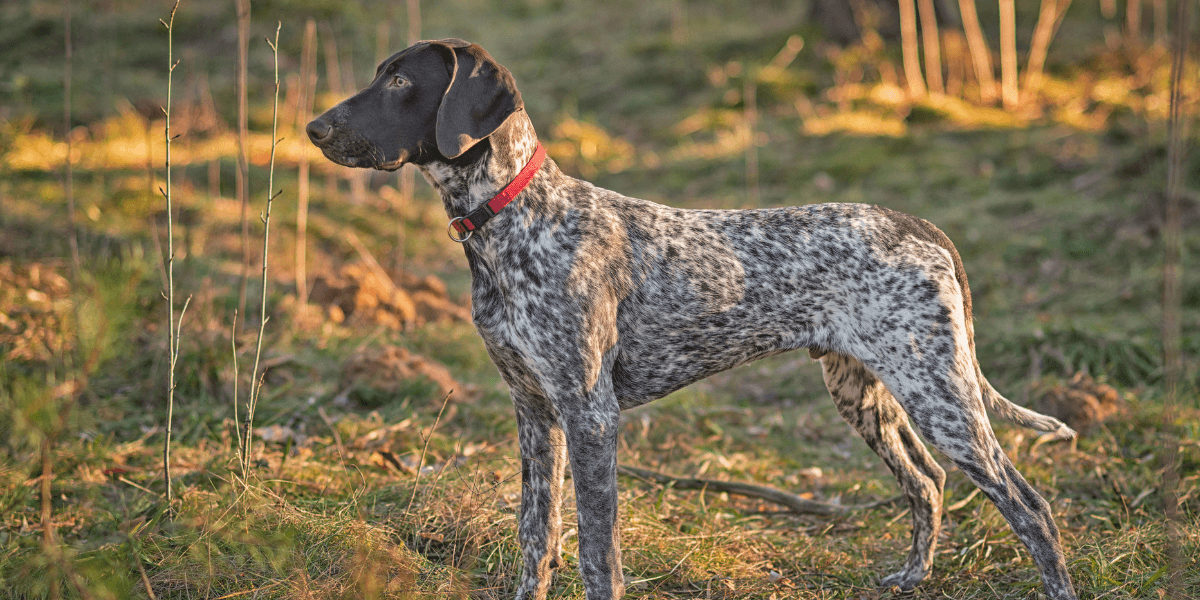
A balanced diet is crucial for your GSP’s health and energy levels.
Feeding Guidelines:
- High-Quality Food: Choose a high-quality dog food that meets their nutritional needs
- Portion Control: Follow feeding guidelines based on your GSP’s age, weight, and activity level
- Avoid Overfeeding: GSPs are prone to weight gain if overfed. Monitor their weight and adjust portions
- Balanced Diet: Ensure the food contains a balance of proteins and fats for optimal health
- Hydration: Always provide fresh water and monitor their intake to keep them well-hydrated
6. Exercise Requirements
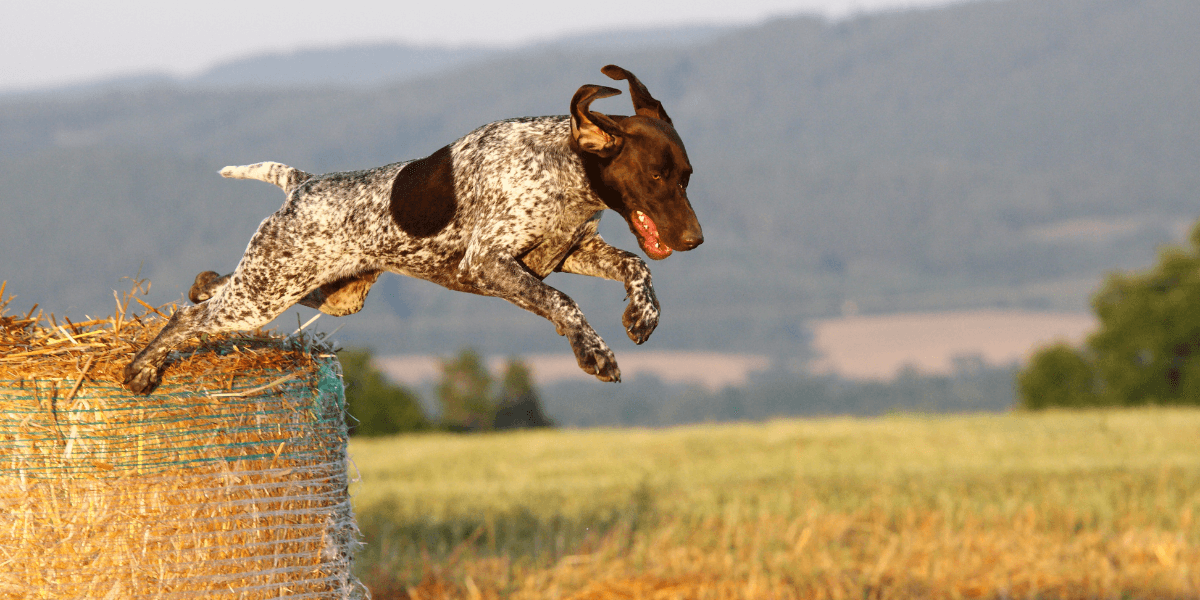
Are active and require plenty of exercise to stay healthy and happy
Exercise Tips:
- Daily Walks: Aim for at least one hour of walking or jogging each day
- Interactive Play: Engage in activities like fetch, agility training, or hiking
- Mental Stimulation: Provide puzzle toys or training exercises to keep their mind sharp
- Varied Exercise: Mix up activities to keep your GSP engaged and prevent boredom
- Outdoor Adventures: Take your GSP on hikes or to dog parks for diverse physical challenges
- Social Play: Schedule playdates with other dogs for extra exercise and socialization
Learn how regular exercise impacts GSPs and dive into preventing hip dysplasia in Great Danes here.
7. Living with a German Shorthaired Pointer
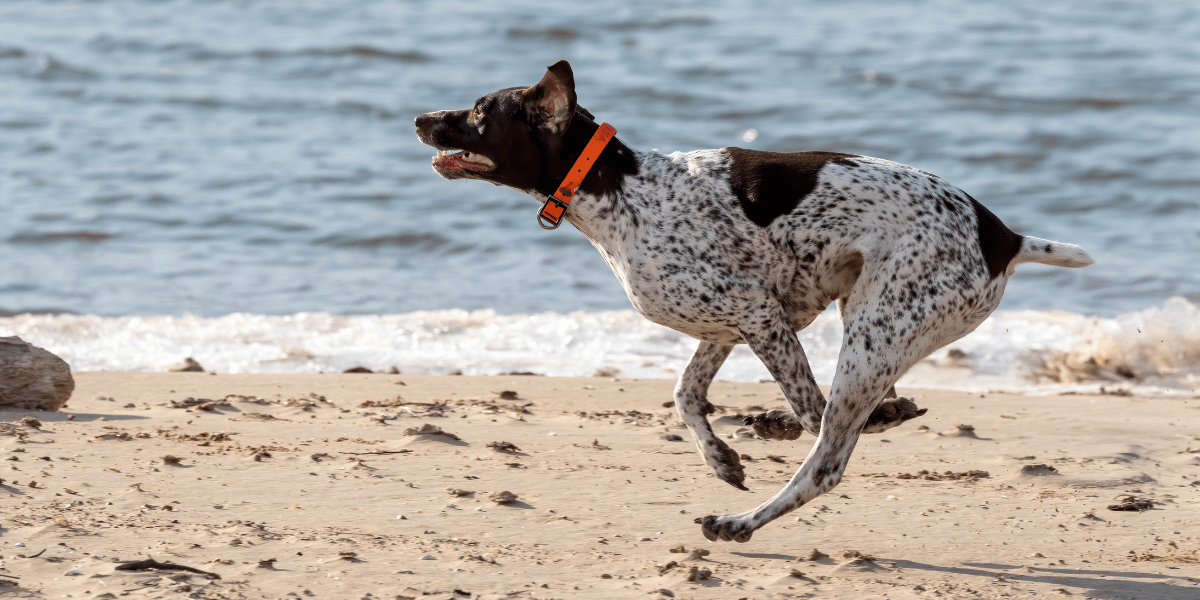
GSPs thrive in environments where they can be active and engaged.
Living Environment Tips:
- Space: They do well in homes with large yards or access to open spaces
- Interaction: GSPs are social dogs and enjoy spending time with their family
- Safety: Ensure your yard is securely fenced to prevent escape
- Mental Stimulation: Provide plenty of toys and activities to keep their active minds engaged
- Exercise Area: Offer a safe, fenced area where they can run freely and burn energy
Ensure comfort for your GSP at home by exploring the best orthopedic beds for Great Danes here.
FAQs
1. What is the German Shorthaired Pointer known for?
- They're known for versatility, energy, and hunting skills
2. How much exercise does a German Shorthaired Pointer need?
- They need at least 1-2 hours of exercise daily
3. What should I include in the Ultimate Guide to German Shorthaired Pointer?
- Include training tips, health care, and grooming advice
4. Are German Shorthaired Pointers good with kids?
- Yes, they're generally good with children and family
5. What are common health issues for German Shorthaired Pointers?
- Watch for hip dysplasia and skin allergies
6. How do I train a German Shorthaired Pointer effectively?
- Use positive reinforcement and consistent commands
7. Where can I find more info about German Shorthaired Pointers?
- Check out the Ultimate Guide to German Shorthaired Pointer on our blog
Conclusion
- The German Shorthaired Pointer makes a loyal and energetic family companion
- Consistent training and exercise are crucial for their well-being
- Regular health check-ups and grooming ensure a happy, healthy dog
- Understanding their needs leads to a better relationship with your pet
- Apply the tips from this guide for fulfilling life with your German Shorthaired Pointer
- Please share it with fellow dog lovers and leave your comments below!
- We’d love to hear about your experiences with German Shorthaired Pointers!
References
For further reading and resources, check:
- Orthopedic Dog Beds for Large Dogs: A Comprehensive Guide
- Orthopedic Dog Beds: Help for Senior Dog Arthritis?
- Ultimate Guide to German Shorthaired Pointer
- German Shorthaired Pointer Puppies: Everything You’ve Ever Wanted to Know
- The Ultimate Guide to German Shorthaired Pointer: GSP Training Timeline
Your German Shorthaired Pointer will thank you for the care and attention you provide!



